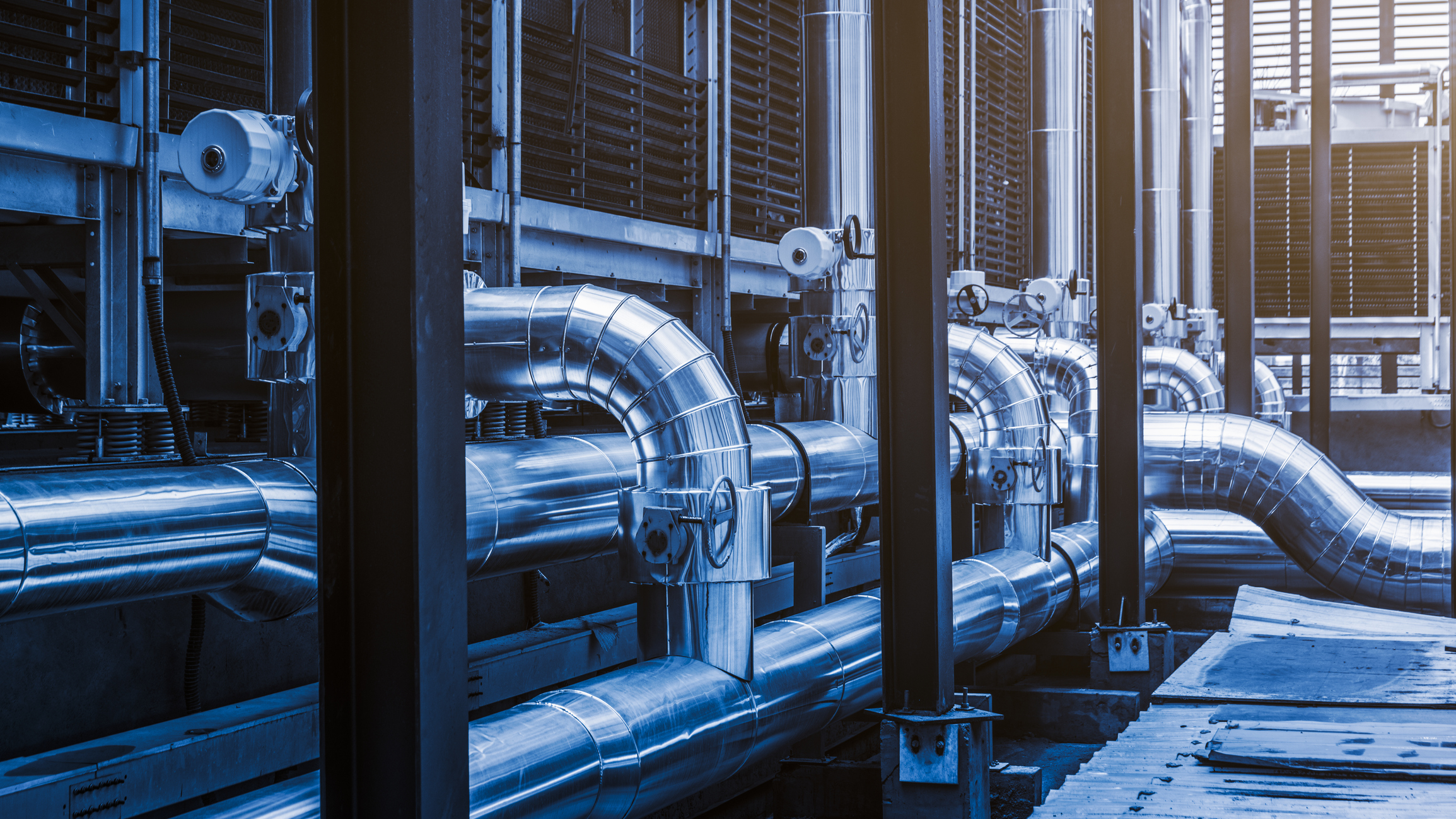By: Stan Poznekoff, AScT, LEED AP
The mechanical system in any building is one of the most impactful components of a building’s energy consumption and overall building energy performance. As we shift our perspectives to consider more sustainable and environmentally responsible approaches to building design, mechanical engineers have had to adapt to evolving energy targets and step code requirements across Canada and beyond. Mechanical systems include equipment that consumes an abundance of energy throughout a building’s life and includes components related to heating, cooling, ventilation, and plumbing systems. Designing energy-efficient buildings requires an integrated approach from all disciplines, including architectural, structural, mechanical, electrical, and building envelope. Each component must be designed by considering one another to achieve optimal performance.
Impact of Mechanical Design on Energy Consumption
The impact that mechanical systems and equipment have directly on building performance and energy consumption varies based on the details of the building. Function, size, orientation, material selection and building location all play a role in performance. The heating and cooling equipment is a significant source of energy consumption, specifically if a building is air-conditioned. Buildings located in cooler environments, such as the Canadian climate, will use the bulk of their energy for heating during the winter and autumn seasons. Design teams must collaborate early in the project to provide highly efficient design solutions that combine high-performance mechanical equipment and sophisticated electrical and envelope systems to meet various efficiency goals.
How Mechanical Design is Adapting to Sustainability
Historically, engineers have utilized traditional-style mechanical equipment that relies heavily on higher levels of natural gas. With higher energy standards, the requirement to meet various energy targets and a push to reduce greenhouse gas emissions, the need to incorporate more electrically driven equipment has increased. One option to increase a mechanical system’s efficiency and level of sustainability is utilizing air-source heat pumps. These systems use the ambient air outside as a source of energy to heat and cool buildings, with the major benefit being significant energy reductions and reduced greenhouse gas emissions, in comparison to traditional gas-fired furnaces and boiler equipment.
Many provinces are adopting new sustainability targets and policies to increase the energy efficiency of new construction projects. For example, several municipalities in British Columbia are adopting the BC Energy Step Code, incorporating a level of efficiency that goes well above the requirements of the standard BC Building Code. This Energy Step Code provides requirements for developers to design buildings that better align with the province’s target of all new buildings being net-zero energy ready by 2032, effectively positioning British Columbia as a leader in climate responsibility and action.
Using Energy Models to Develop Efficient Designs
When energy modelling is implemented early in the design stage, engineers are able to establish a baseline energy performance that their design must meet to comply with energy and sustainability targets as early as possible in the design phase. If the building performance identified by the energy model falls short of the targets, mechanical designers can use that information to identify areas where energy efficiency can effectively be achieved. These areas may include building envelope components, architectural configuration, electrical equipment efficiencies, or increased mechanical system efficiencies. Combining energy modelling with mechanical design works is an impactful tool to provide guidance on the selection of the mechanical equipment used for each building we design, in addition to identifying areas of the overall design that may need improvement.
As the need for sustainably designed infrastructure continues to grow, we must adapt the way we think about energy use and building efficiency. Although mechanical systems are a significant source of energy use, achieving high building performance does not rely on just one component of design or equipment. An integrated design approach is critical to ensuring the architectural, electrical, structural, and building envelope components also achieve or surpass energy targets. Williams Engineering collaborates internally with our multi-disciplinary experts to ensure our clients are provided with efficient and effective design solutions that allow them to proactively maintain and manage their assets.
